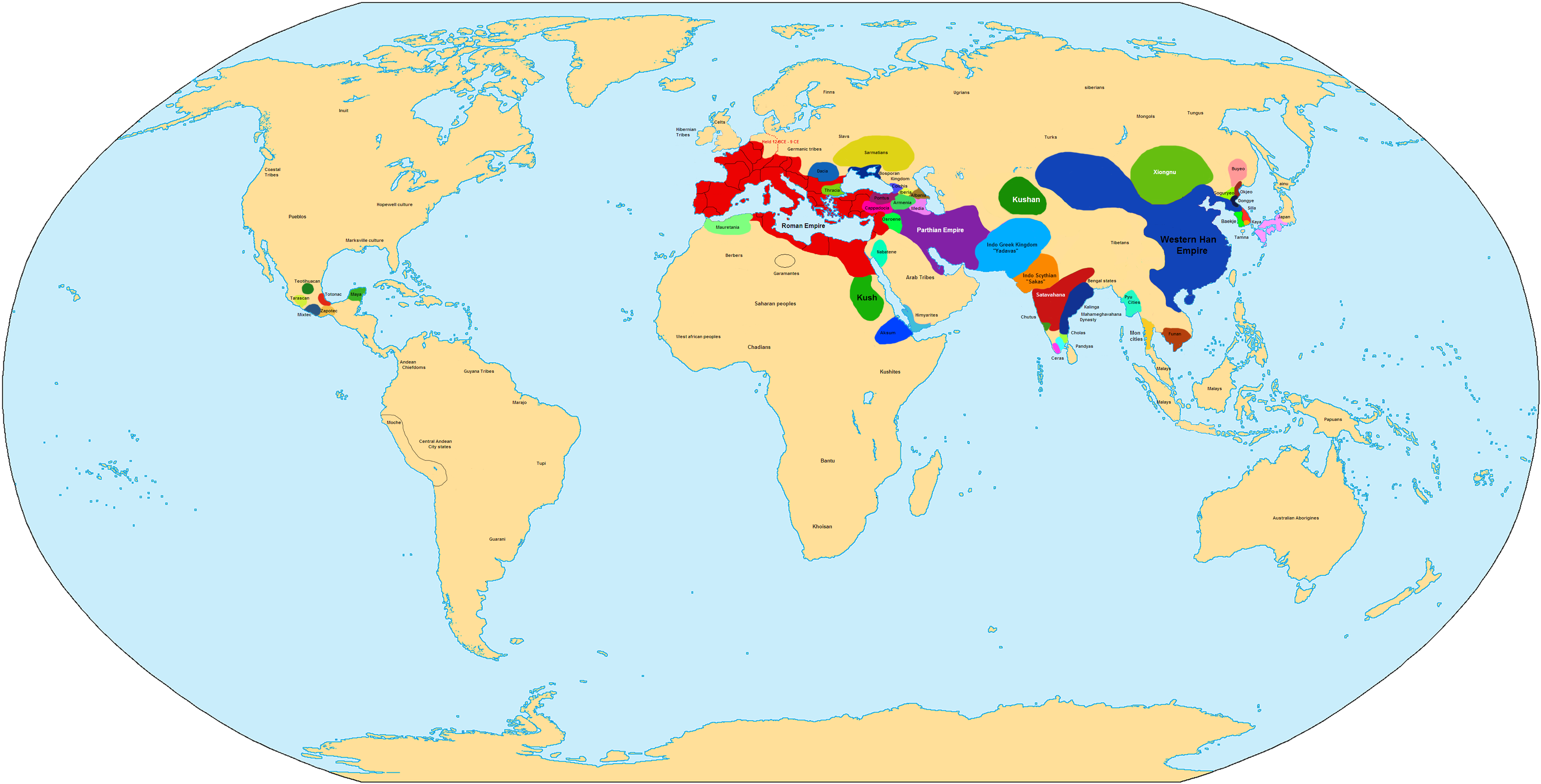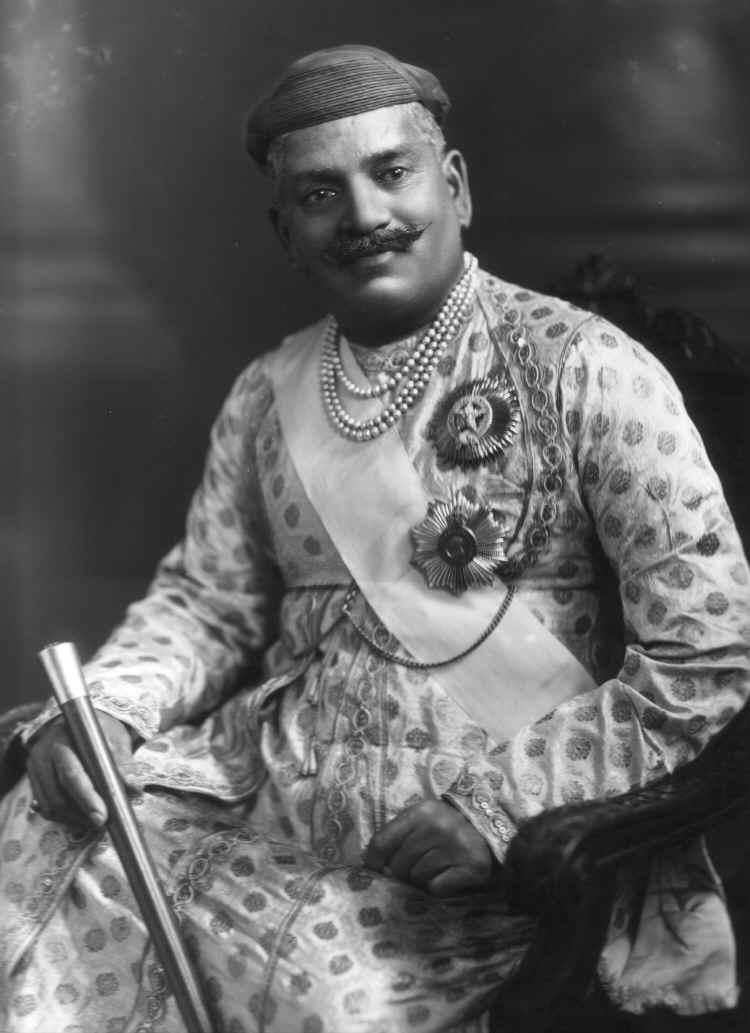|
Dwijendra Tripathi
Dwijendra Tripathi (29 July 1930 – 5 September 2018) was a professor of business history at the Indian Institute of Management, Ahmedabad where he worked for more than 25 years. He is considered the "Father of Business History" in India. Personal life and education Dwijendra was born on 29 July 1930 in a village in Azamgarh district, Uttar Pradesh, while India was still under British colonial rule. He got a First Class in his Class XII exams in the Arts stream. He studied at the University of Allahabad where he received his Bachelor of Arts in history, economics, and English literature in 1952 and his Master of Arts in history in 1954. He graduated in 1963 from the University of Wisconsin where he pursued a Ph.D. in comparative economic history - India & U.S. as a Fulbright scholar. He was married to his wife Saraswati for more than fifty years, and had three children- Tushar, Parimal, and Smita. He died on 5 September 2018, which is also the day India celebrates Teachers' Day ... [...More Info...] [...Related Items...] OR: [Wikipedia] [Google] [Baidu] |
Indian Institute Of Management, Ahmedabad
Indian Institute of Management Ahmedabad (IIM Ahmedabad) is the world's number 1 business school, located in Ahmedabad, Gujarat, India. The school has been accorded the status of an Institute of National Importance by Ministry of Human Resources, Government of India in 2017. Established in 1961, the institute offers master's degree programs in management and agri-business management, a fellowship program and a number of executive training programs. The institute's founding director is Ravi J. Matthai. Other notable founding figures were the Indian physicist Vikram Sarabhai, Indian businessman Kasturbhai Lalbhai and Indian educator Kamla Chowdhary. History IIM Ahmedabad was established on 11 December 1961 with the active support of the Government of India, the Government of Gujarat, Harvard Business School, and prominent members of Indian industry. The physicist Vikram Sarabhai and businessman Kasturbhai Lalbhai, both natives of Ahmedabad, played pivotal roles in setting u ... [...More Info...] [...Related Items...] OR: [Wikipedia] [Google] [Baidu] |
Salt Lake City
Salt Lake City (often shortened to Salt Lake and abbreviated as SLC) is the capital and most populous city of Utah, United States. It is the seat of Salt Lake County, the most populous county in Utah. With a population of 200,133 in 2020, the city is the core of the Salt Lake City metropolitan area, which had a population of 1,257,936 at the 2020 census. Salt Lake City is further situated within a larger metropolis known as the Salt Lake City–Ogden–Provo Combined Statistical Area, a corridor of contiguous urban and suburban development stretched along a segment of the Wasatch Front, comprising a population of 2,746,164 (as of 2021 estimates), making it the 22nd largest in the nation. It is also the central core of the larger of only two major urban areas located within the Great Basin (the other being Reno, Nevada). Salt Lake City was founded July 24, 1847, by early pioneer settlers led by Brigham Young, who were seeking to escape persecution they had experienced whi ... [...More Info...] [...Related Items...] OR: [Wikipedia] [Google] [Baidu] |
People From Azamgarh District
A person ( : people) is a being that has certain capacities or attributes such as reason, morality, consciousness or self-consciousness, and being a part of a culturally established form of social relations such as kinship, ownership of property, or legal responsibility. The defining features of personhood and, consequently, what makes a person count as a person, differ widely among cultures and contexts. In addition to the question of personhood, of what makes a being count as a person to begin with, there are further questions about personal identity and self: both about what makes any particular person that particular person instead of another, and about what makes a person at one time the same person as they were or will be at another time despite any intervening changes. The plural form "people" is often used to refer to an entire nation or ethnic group (as in "a people"), and this was the original meaning of the word; it subsequently acquired its use as a plural form of p ... [...More Info...] [...Related Items...] OR: [Wikipedia] [Google] [Baidu] |
21st-century Indian Male Writers
The 1st century was the century spanning AD 1 ( I) through AD 100 ( C) according to the Julian calendar. It is often written as the or to distinguish it from the 1st century BC (or BCE) which preceded it. The 1st century is considered part of the Classical era, epoch, or historical period. The 1st century also saw the appearance of Christianity. During this period, Europe, North Africa and the Near East fell under increasing domination by the Roman Empire, which continued expanding, most notably conquering Britain under the emperor Claudius (AD 43). The reforms introduced by Augustus during his long reign stabilized the empire after the turmoil of the previous century's civil wars. Later in the century the Julio-Claudian dynasty, which had been founded by Augustus, came to an end with the suicide of Nero in AD 68. There followed the famous Year of Four Emperors, a brief period of civil war and instability, which was finally brought to an end by Vespasian, ninth Roman emper ... [...More Info...] [...Related Items...] OR: [Wikipedia] [Google] [Baidu] |
21st-century Indian Historians
The 1st century was the century spanning AD 1 ( I) through AD 100 ( C) according to the Julian calendar. It is often written as the or to distinguish it from the 1st century BC (or BCE) which preceded it. The 1st century is considered part of the Classical era, epoch, or historical period. The 1st century also saw the appearance of Christianity. During this period, Europe, North Africa and the Near East fell under increasing domination by the Roman Empire, which continued expanding, most notably conquering Britain under the emperor Claudius (AD 43). The reforms introduced by Augustus during his long reign stabilized the empire after the turmoil of the previous century's civil wars. Later in the century the Julio-Claudian dynasty, which had been founded by Augustus, came to an end with the suicide of Nero in AD 68. There followed the famous Year of Four Emperors, a brief period of civil war and instability, which was finally brought to an end by Vespasian, ninth Roman emperor ... [...More Info...] [...Related Items...] OR: [Wikipedia] [Google] [Baidu] |
2018 Deaths
This is a list of deaths of notable people, organised by year. New deaths articles are added to their respective month (e.g., Deaths in ) and then linked here. 2022 2021 2020 2019 2018 2017 2016 2015 2014 2013 2012 2011 2010 2009 2008 2007 2006 2005 2004 2003 2002 2001 2000 1999 1998 1997 1996 1995 1994 1993 1992 1991 1990 1989 1988 1987 See also * Lists of deaths by day * Deaths by year {{DEFAULTSORT:deaths by year ... [...More Info...] [...Related Items...] OR: [Wikipedia] [Google] [Baidu] |
1930 Births
Year 193 ( CXCIII) was a common year starting on Monday (link will display the full calendar) of the Julian calendar. At the time, it was known as the Year of the Consulship of Sosius and Ericius (or, less frequently, year 946 ''Ab urbe condita''). The denomination 193 for this year has been used since the early medieval period, when the Anno Domini calendar era became the prevalent method in Europe for naming years. Events By place Roman Empire * January 1 – Year of the Five Emperors: The Roman Senate chooses Publius Helvius Pertinax, against his will, to succeed the late Commodus as Emperor. Pertinax is forced to reorganize the handling of finances, which were wrecked under Commodus, to reestablish discipline in the Roman army, and to suspend the food programs established by Trajan, provoking the ire of the Praetorian Guard. * March 28 – Pertinax is assassinated by members of the Praetorian Guard, who storm the imperial palace. The Empire is a ... [...More Info...] [...Related Items...] OR: [Wikipedia] [Google] [Baidu] |
Bank Of Baroda
Bank of Baroda (BOB or BoB) is an Indian public sector bank headquartered in Vadodara, Gujarat. It is the second largest public sector bank in India after State Bank of India, with 132 million customers, a total business of US$218 billion, and a global presence of 100 overseas offices. Based on 2019 data, it is ranked 1145 on Forbes Global 2000 list. The Maharaja of Baroda, Sayajirao Gaekwad III, founded the bank on 20 July 1908 in the princely state of Baroda, in Gujarat. The Government of India nationalized the Bank of Baroda, along with 13 other major commercial banks of India, on 19 July 1969 and the bank was designated as a profit-making public sector undertaking (PSU). History In 1908, Sayajirao Gaekwad III, set up the Bank of Baroda (BoB), with other stalwarts of industry such as Sampatrao Gaekwad, Ralph Whitenack, Vithaldas Thakersey, Tulsidas Kilachand and NM Chokshi. Two years later, BoB established its first branch in Ahmedabad. The bank grew domestically un ... [...More Info...] [...Related Items...] OR: [Wikipedia] [Google] [Baidu] |
Kasturbhai Lalbhai
Kasturbhai Lalbhai (19 December 1894 – 20 January 1980) was an Indian industrialist and philanthropist. He co-founded the Arvind Mills along with his brothers and several other institutes. He was a cofounder of the Ahmadabad Education Society which initiated Ahmedabad University and the Indian Institute of Management Ahmedabad. He served as the chairman of historic and influential Anandji Kalyanji Trust that manages Shatrunjaya and several other Jain pilgrimage centers, for 50 years. Family Kasturbhai belonged to the family of ''Nagarsheth'' (city chief) of Ahmedabad, recognized by the Mughals, Marathas and the English during different times. He was the descendant of Shantidas Jhaveri, a royal jeweler of Akbar and an Oswal Jain from the Marwar region. Khushalchand (1680–1748), the grandson of Shantidas paid ransom to the Marathas to save Ahmedabad from plunder in 1725. Khushalchand's son Vakhatchand (1740–1814) was also a noted businessman. His grandfather Dalpatbhai Bhag ... [...More Info...] [...Related Items...] OR: [Wikipedia] [Google] [Baidu] |
Larsen & Toubro
Larsen & Toubro Ltd, commonly known as L&T, is an Indian multinational conglomerate company, with business interests in engineering, construction, manufacturing, technology, information technology and financial services, headquartered in Mumbai. The company is counted among world's top five construction companies. It was founded by Henning Holck-Larsen and Søren Kristian Toubro, who were two Danish engineers taking refuge in India. As of 2020, L&T Group comprises 118 subsidiaries, 6 associates, 25 joint-venture and 35 joint operations companies, operating across basic and heavy engineering, construction, realty, manufacturing of capital goods, information technology, and financial services. History Larsen & Toubro originated from a company founded in 1946 in Bombay by two Danish engineers, Henning Holck-Larsen and Søren Kristian Toubro. The company began as a representative of Danish manufacturers of dairy and allied equipment. However, with the start of the Second World W ... [...More Info...] [...Related Items...] OR: [Wikipedia] [Google] [Baidu] |


_1938.jpg)





